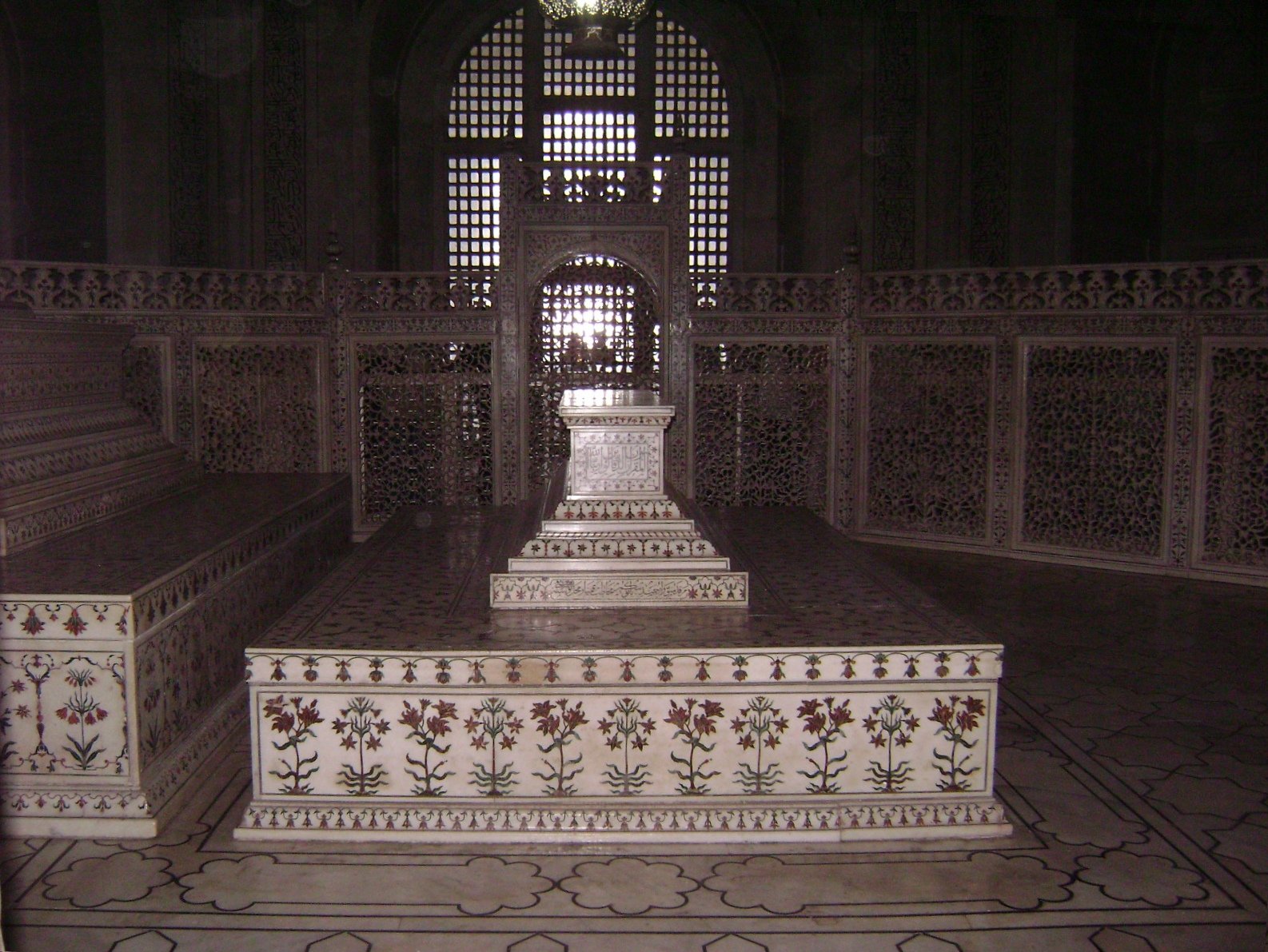India’s beloved poet Rabindranath Tagore famously called the Taj Mahal, “…a teardrop on the cheek of time,” and visitors to this new Wonder of the Modern World and UNESCO World Heritage site are quickly entranced not only by its stunning beauty but also by the love story that inspired it.
You also like to know Delhi airport to Taj Mahal by Car
The Taj Mahal celebrates the great love of India’s Mughal ruler Shah Jahan for his beloved wife Arjumand Banu Begum, better known to history as Mumtaz Mahal or “jewel of the palace.” Jahan first spotted Mumtaz in the bazaar at Agra, selling silks and beads, and the young prince fell madly in love at first sight with the Persian aristocrat. Steadfast in his five-year pursuit of her, Jahan married Mumtaz in 1612. Although Mumtaz has been immortalized as a paragon of feminine beauty, historians recognize that she was also an astute and accomplished political practitioner, like many imperial Mughal women before her. Jahan’s favorite wife was entrusted with the royal seal, worked alongside the young emperor and accompanied him to the battlefields, even during her many pregnancies.
Mumtaz bore Jahan fourteen children but died of postpartum complications following her last delivery. Jahan was inconsolable, plunging the imperial court into an unprecedented two-year mourning period, during which time, he summoned artisans from all over the Muslim world to begin designing an unparalleled monument to his eternal love for Mumtaz. The result was India’s most iconic landmark, the Taj Mahal. The breathtaking edifice was constructed by 20,000 artisans assisted by 1000 elephants over a period of 22 years. The design was inspired by descriptions in the Koran of heaven, and indeed, the pure white marble rising against the cerulean sky seems otherworldly, thanks to its sophisticated use of optical illusions and the fact that it changes colors throughout the day, morphing from pure white to dusty pink. The building incorporates not only the finest principles of Mughal art and architecture, but also aspects of Persian, Ottoman, and Islamic traditions, making it— like love itself— truly universal.
In recognition of the Taj Mahal’s flawless design, UNESCO designated it a World Heritage Site in 1983. Today Jahan’s monument to his eternal love for Mumtaz is visited by more than 7 million people each year and is a must-see on any trip to India.
You like to read this also Coin is symbolic of both the Power and the Precariousness














